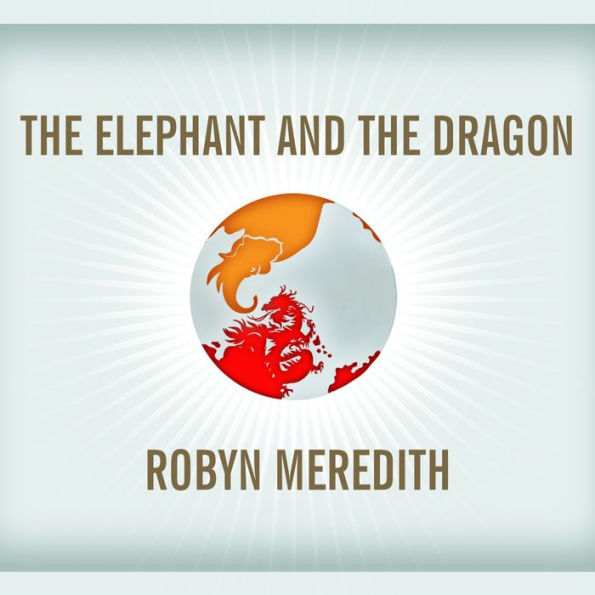Meredith, who covers India and China for Forbes, upends conventional wisdom in this well-reported book, arguing that the U.S. shouldn't fear these two rising economic powers. The U.S. ("buyer to the world") and China ("factory to the world") have, respectively, the largest and fourth largest economies, but they will reach parity in 2015. Though American politicians tax Chinese goods, Meredith points out that Americans actually gain from the undervalued yuan: our companies profit from the cheap goods the Chinese manufacture. Meanwhile, India ("backoffice to the world") has picked up most of the one million white-collar jobs that moved out of the U.S. by 2003. But Meredith notes that for every dollar that goes overseas, $1.94 of wealth is created-all but 33 cents of which returns to the U.S. Protrade and antiprotectionist, she makes a compelling argument that China is doing better than India because it moved toward a market economy in 1978, while India began to liberalize in 1991. She also looks critically at each country's plans for the future, noting that China's citizens save more, while India's infrastructure and education system are falling behind. She concludes that "if inward-facing India and communist China can transform themselves, so can the United States of America." (July)
Copyright 2007 Reed Business Information
5
1

The Elephant and the Dragon: The Rise of India and China, and What It Means for All of Us

The Elephant and the Dragon: The Rise of India and China, and What It Means for All of Us
FREE
with a B&N Audiobooks Subscription
Or Pay
$17.99
17.99
In Stock

Editorial Reviews
Product Details
| BN ID: | 2940170865505 |
|---|---|
| Publisher: | Tantor Audio |
| Publication date: | 08/15/2007 |
| Edition description: | Unabridged |
Videos

From the B&N Reads Blog
